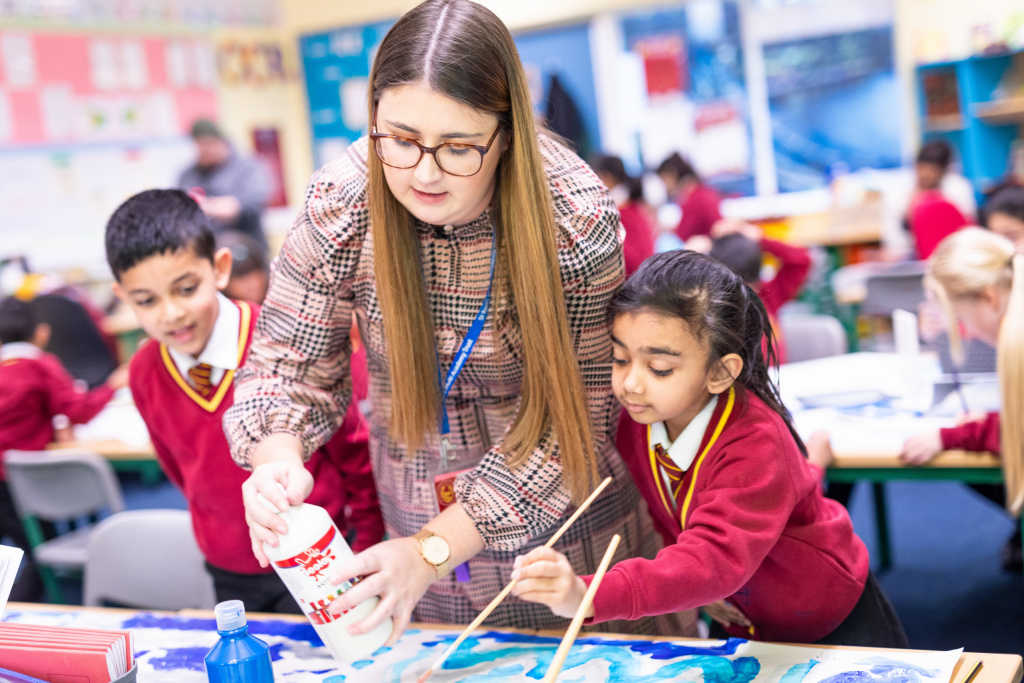
Wherever you look, you are surrounded by a plethora of visual content and images. From advertisements and social media to art and instructional materials, images play a significant role in how we communicate, learn and understand the world around us. Therefore, the ability to interpret these visuals – known as visual literacy – is an essential skill that will be critical in both today’s society and the future. However, despite its importance, visual literacy is often overlooked in teaching and learning, in part due to art education having been marginalised over the years.
The current English national curriculum for art and design has historically been criticised for its lack of depth and guidance. The curriculum, which has remained largely unchanged since 2013, consists of just two pages of nominal guidance, reflecting a broader trend of devaluing arts education in favour of STEM subjects. Many teachers complain that it is not aspirational enough, or does not give enough guidance, whereas others have embraced its simplicity as enabling freedom for them to interpret it in their own way.
However, with that freedom comes the assumption that all teachers understand how such skills can be both taught and learned, which isn’t always the case. This, combined with other sector challenges involving a lack of subject-specific teachers at primary, plus budget constraints for resources and training, often leads to inconsistency and infrequency of art lessons.
With a new Labour government, it feels the tide is slowly but surely turning and bringing with it an emphasis on the importance of arts and cultural education and how these subjects support a well-rounded education that fosters creativity and innovation. While several commitments have been made, including a curriculum and assessment review (which is already underway), these broader reforms aren’t art-specific, nor will the changes happen overnight. Therefore, it’s important that until visual literacy is confirmed as a core pillar of primary education, schools and teachers feel supported to bridge any existing knowledge, confidence and resource gaps.
What is visual literacy?